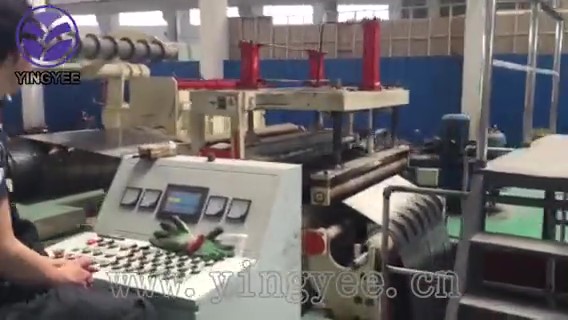
The Modern Roof Tile Production Line An Overview
The production of roof tiles has long been a vital component of the construction industry. Roof tiles not only serve a functional purpose, providing waterproofing and insulation, but they also enhance the aesthetic appeal of buildings. With advancements in technology, modern roof tile production lines have evolved, resulting in enhanced efficiency, sustainability, and product quality. This article explores the key components of a roof tile production line, the materials used, and the future prospects for this industry.
Key Components of a Roof Tile Production Line
A roof tile production line typically consists of several integral components that work in synergy to ensure a smooth and efficient manufacturing process. The main stages of production include raw material preparation, mixing, forming, drying, firing, and quality control.
1. Raw Material Preparation The first step involves sourcing the appropriate raw materials, which can include clay, concrete, or a combination of both. In modern production lines, advanced machinery is used to crush and grind the materials to the desired particle size. The choice of materials greatly influences the final product's durability, texture, and color.
2. Mixing Once the raw materials are prepared, they are mixed with water and additives to achieve the right consistency. In automated production lines, mixers equipped with precise controls ensure that the mixture is uniform, a vital aspect for producing high-quality tiles.
3. Forming The mixing process is followed by the forming stage, where the wet mixture is shaped into tiles. Various methods, such as extrusion or pressing, can be employed. Extrusion uses a continuous process to create long strips of material that are cut into tiles, while pressing involves compacting the mixture using molds. Each method has its merits, with extrusion typically allowing for greater design flexibility.
4. Drying After forming, the tiles must be dried to remove excess moisture. This stage is crucial, as it prevents defects during firing. Modern production lines often use controlled drying environments, which optimize energy consumption and ensure uniform drying across all tiles.
5. Firing The firing process is where the tiles gain strength and durability. Tiles are heated in kilns at high temperatures, transforming the raw mixture into a robust product. Advanced kilns with energy-efficient designs not only reduce emissions but also optimize fuel consumption.

6. Quality Control Finally, after firing, each tile undergoes rigorous quality control checks. Automated systems can assess the size, weight, color, and surface finish, ensuring that only tiles that meet strict standards reach the market. Quality control is essential, as defective tiles can lead to performance issues and customer dissatisfaction.
Materials Used in Roof Tiles
The materials selected for roof tile production have a significant impact on their performance characteristics. Two of the most common types are clay and concrete tiles.
- Clay Tiles Known for their durability and longevity, clay tiles are favored for their natural appearance and insulating properties. They come in a variety of colors and finishes, allowing for aesthetic customization. Clay tiles can withstand extreme weather conditions, making them a popular choice in many regions.
- Concrete Tiles These tiles are made from a mixture of sand, cement, and water. Concrete tiles are known for their versatility, offering a wide range of styles and colors. They are often less expensive than clay tiles and can be manufactured to mimic the look of traditional materials, providing a cost-effective solution for homeowners.
Future Prospects
As the global demand for sustainable building materials increases, the roof tile industry is adapting. Innovations such as recycled materials, energy-efficient production processes, and advanced coating technologies are gaining traction. Additionally, the integration of smart technologies into the production line, such as IoT (Internet of Things) devices and AI (Artificial Intelligence), is expected to streamline operations, minimize waste, and enhance product quality.
In conclusion, the modern roof tile production line represents a blend of tradition and innovation. As manufacturers continue to embrace technology and sustainability, the future of roof tile production looks promising. With a focus on quality and performance, these tiles will continue to play an essential role in the construction industry, offering both protection and beauty to buildings around the world. The journey from raw material to finished product is complex, yet it underscores the significance of roof tiles in modern architecture.